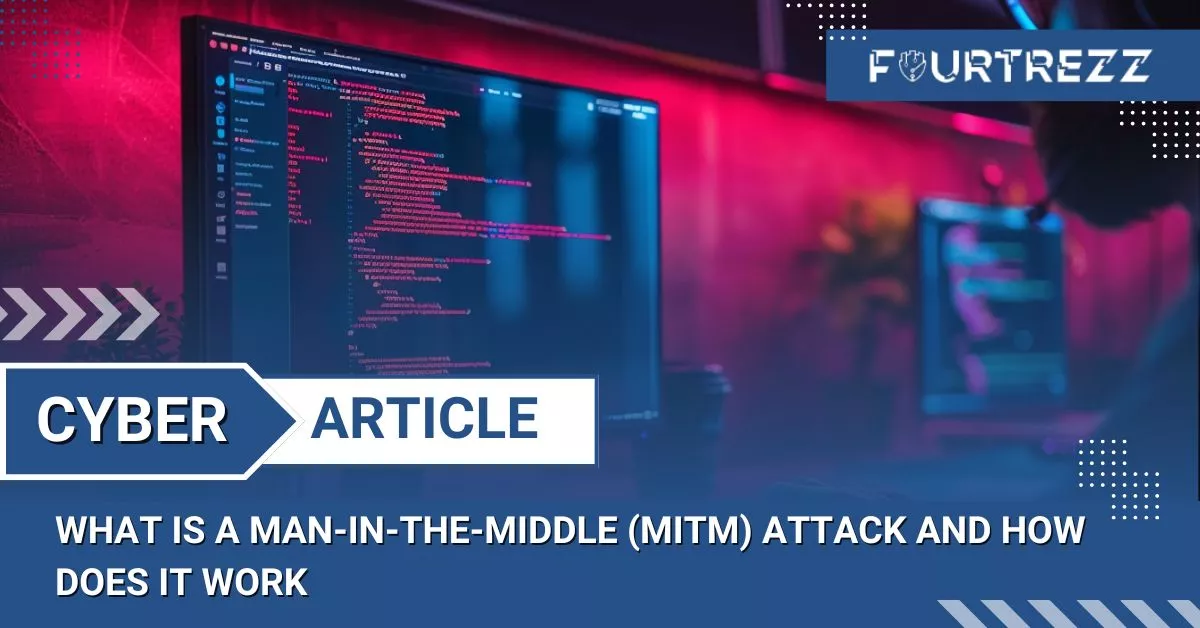In the business and industrial world, information security is of utmost importance. In many cases, information is one of the most crucial assets a organization possesses, hence its confidentiality must be meticulously safeguarded. ISO 27001 is an international standard that provides a framework for effective and integrated information security management. This standard refers to best practices that can aid organizations in securing their information assets.
In this article, we will discuss the importance of implementing information security standards and the purpose of this article is to provide an understanding of the ISO 27001 standard and penetration testing methods, as well as why it is crucial to perform them. The steps that need to be taken in conducting penetration testing will also be detailed. Let’s start by discussing the ISO 27001 standard.

Risk Assessment
Information security is extremely important in today’s business and industry. Before implementing the ISO 27001 information security standard, the initial step that must be taken is to conduct a risk assessment of the information assets owned by an organization.
Risk assessment is the process of identifying, analyzing, and evaluating risks associated with information assets within an organization. In the implementation of ISO 27001, risk assessment must be conducted to determine the risks that need to be managed in securing the organization’s information assets.
The risk assessment process in implementing ISO 27001 consists of three main steps: risk identification, risk evaluation, and risk control. Risk identification involves gathering information about information assets, threats, and vulnerabilities associated with these assets. Risk evaluation involves analyzing and assessing the impact and likelihood of a risk occurring. Lastly, risk control involves selecting and implementing necessary control measures to reduce the risk to an acceptable level for the organization.
The importance of risk assessment in enhancing information security cannot be overlooked. By conducting effective risk assessment, organizations can identify risks associated with their information assets and take appropriate control actions. This will help organizations to prevent, reduce, or eliminate risks associated with information assets, thereby improving overall information security.
Information Security Policy
An information security policy is a set of rules, standards, and procedures implemented to maintain the confidentiality, integrity, and availability of information. This policy ensures that the use of information within an organization complies with established security standards.
The process of creating an information security policy begins with identifying information security needs, including risk analysis results from the risk assessment. Subsequently, a policy covering objectives, scope, and roles and responsibilities must be developed and approved by management and relevant departments.
Key components of an information security policy include:
- Objectives: explaining why the policy was created and what it aims to achieve.
- Scope: covering all areas included in the policy.
- Policy: containing all formal statements about actions that must be taken to maintain information security.
- Procedures: guidelines for actions to be taken to maintain information security.
- Work instructions: step-by-step guide on how to perform actions.
The information security policy must be effectively communicated to all employees and continually updated to maintain appropriate information security.
Implementing an information security policy is a crucial step in obtaining ISO 27001 certification. Additionally, the information security policy also serves as a guide for employees in maintaining information security.
Information Security Controls
ISO 27001 establishes several information security controls that must be implemented in an organization to ensure that information security is well maintained. Information security controls are processes, policies, software, or hardware designed to limit access, protect, and monitor an organization’s data and information systems.
Here are some types of information security controls in the ISO 27001 standard:
- Information Security Policy: The information security policy must be established and executed by the organization as a guideline in managing information security. It should cover all aspects of information security related to the use, management, and protection of information systems.
- Security Organization: The security organization is responsible for establishing and managing information security in an organization. This includes setting up and administering information security within an organization, including defining information security roles and responsibilities.
- Physical Security: Physical security controls are related to the physical security of buildings, server rooms, and equipment containing sensitive information. These controls aim to prevent unauthorized physical access to hardware and information storage media.
- Network Security: Network security controls include all aspects related to securing networks and systems. This includes network and operating system security, password management, hardware protection, and security patch management.
- Operational Security: Operational security controls include policies and procedures executed by the organization to manage the operational security of systems. This includes access control, change management, monitoring and auditing, disaster recovery and backup, and vulnerability management.
- Compliance: Compliance is a control that aims to ensure that the organization meets all information security requirements set by laws and regulations. Compliance involves reporting to authorities and ensuring that information security policies and procedures are always updated and implemented correctly.
In implementing information security controls, organizations must ensure that all controls are correctly implemented and suited to their needs. The implementation of information security controls should be carried out continuously to ensure the organization’s information security is well maintained.
Internal Audit
Internal audit is an independent evaluation process of an organization’s information security. Its purpose is to ensure that information security policies and procedures comply with the ISO 27001 standard, and to verify the effectiveness and efficiency of the information security controls implemented within the organization.
Internal audit plays a crucial role in the implementation of ISO 27001 as it helps organizations identify weaknesses in existing information security policies and procedures, and ensures that the implemented information security controls adequately protect sensitive and vital information for the organization.
The internal audit process in the implementation of ISO 27001 includes:
- Audit planning, which involves identifying and evaluating the information security risks to be audited, determining audit objectives, and scheduling the audit.
- Information gathering, which is about obtaining sufficient evidence to support internal audit conclusions.
- Information evaluation, considering all the evidence obtained and determining its compliance with information security policies and procedures and the ISO 27001 standard.
- Reporting audit results, presenting audit findings in writing and providing recommendations for improvements if necessary.
- Follow-up, identifying and addressing audit recommendations to improve the policies, procedures, and information security controls implemented in the organization.
In this context, internal audit is vital in helping organizations enhance information security and ensure the effective implementation of the ISO 27001 standard.
Penetration Testing
Penetration testing, often referred to as pentest, is one way to test the security of information systems against all forms of attack. The purpose of a pentest is to identify vulnerabilities or security gaps in information systems and provide recommendations for their remediation. In the implementation of ISO 27001, pentest is an essential part of maintaining information security.
Importance of Penetration Testing in ISO 27001 Implementation
Pentest helps organizations ensure that their information systems meet security standards and protect information from potential attacks. In the implementation of ISO 27001, pentest is required to be conducted at least once a year to ensure that the information systems meet the security standards set by ISO.
Penetration Testing Process in ISO 27001 Implementation
The pentest process consists of several stages, including:
- Planning: This initial stage involves preparations regarding the pentest targets, including risk identification, vulnerability analysis, and defining the scope of the pentest.
- Mapping: At this stage, mapping of the network and systems to be tested for security is carried out.
- Testing: This main stage involves security testing of systems and networks by conducting attacks like denial-of-service attacks, attempting to penetrate systems, and trying to steal information.
- Analysis: This stage involves analyzing the testing results, both successful and unsuccessful, to determine the discovered vulnerabilities or security gaps and provide recommendations for their remediation.
- Reporting: The final stage of pentest is reporting the testing results, including recommendations for fixing discovered vulnerabilities or security gaps.
Conducting a pentest requires proficient skills and knowledge in information security. Therefore, it is recommended to use the services of a reputable and certified information security pentest provider.
Penetration testing is a critical requirement in the implementation of ISO 27001, as it helps organizations ensure the security of their information systems from potential attacks. The pentest process requires a systematic and planned approach to ensure accurate and beneficial results for the organization.
Certification
ISO 27001 is an international standard for information security management. ISO 27001 certification indicates that an organization has implemented information security standards to protect its information assets. This certification gives confidence to customers and business partners that the company has met recognized international information security standards.
The ISO 27001 certification process involves several stages, including:
- Preparation: Organizations must evaluate their readiness to implement the ISO 27001 standard. They must conduct a risk assessment, define an information security policy, and implement the necessary security controls.
- Internal audit: Organizations must conduct an internal audit to ensure that the ISO 27001 implementation is carried out correctly and effectively.
- External audit: After the preparation and internal audit stages, organizations must undergo an external audit by an independent certification body. The certification body will evaluate the organization’s implementation against the ISO 27001 standard and determine if the organization meets the requirements for certification.
The importance of ISO 27001 certification is particularly evident from the benefits that organizations can gain. This certification proves that the organization has implemented adequate security measures to protect its information assets. Additionally, the certification can enhance the company’s image, strengthen business relationships with customers and partners, and open new opportunities for business and investment.
Conclusion
In the digital era, information security is a critical aspect that organizations, especially those handling sensitive or confidential data, must prioritize. ISO 27001 is a global standard for information security management that helps organizations develop and implement an effective information security management system.
Implementing the ISO 27001 standard through risk assessment, information security policy, information security controls, internal audit, and penetration testing can help organizations identify and mitigate information security risks, prevent security incidents, and improve overall business performance.
Penetration testing is an important requirement in the implementation of ISO 27001. It is an effective method for testing the security of an organization’s information systems and can help identify and reduce potential security risks. In its process, penetration testing should be conducted by an independent party with qualifications and experience in information security.
Organizations that successfully implement the ISO 27001 standard and regularly conduct penetration testing can reap significant benefits, such as increasing customer trust, strengthening the company’s reputation, and meeting regulatory requirements. Therefore, it is highly recommended for organizations to consider implementing ISO 27001 and conducting penetration testing as part of their information security strategy.
This article about the implementation of ISO 27001 and the importance of penetration testing as one of its requirements aims to provide a clearer understanding of the ISO 27001 implementation process and the benefits of pentesting. We also recommend that organizations consider implementing the ISO 27001 standard and regularly conducting penetration testing as part of their information security strategy.










